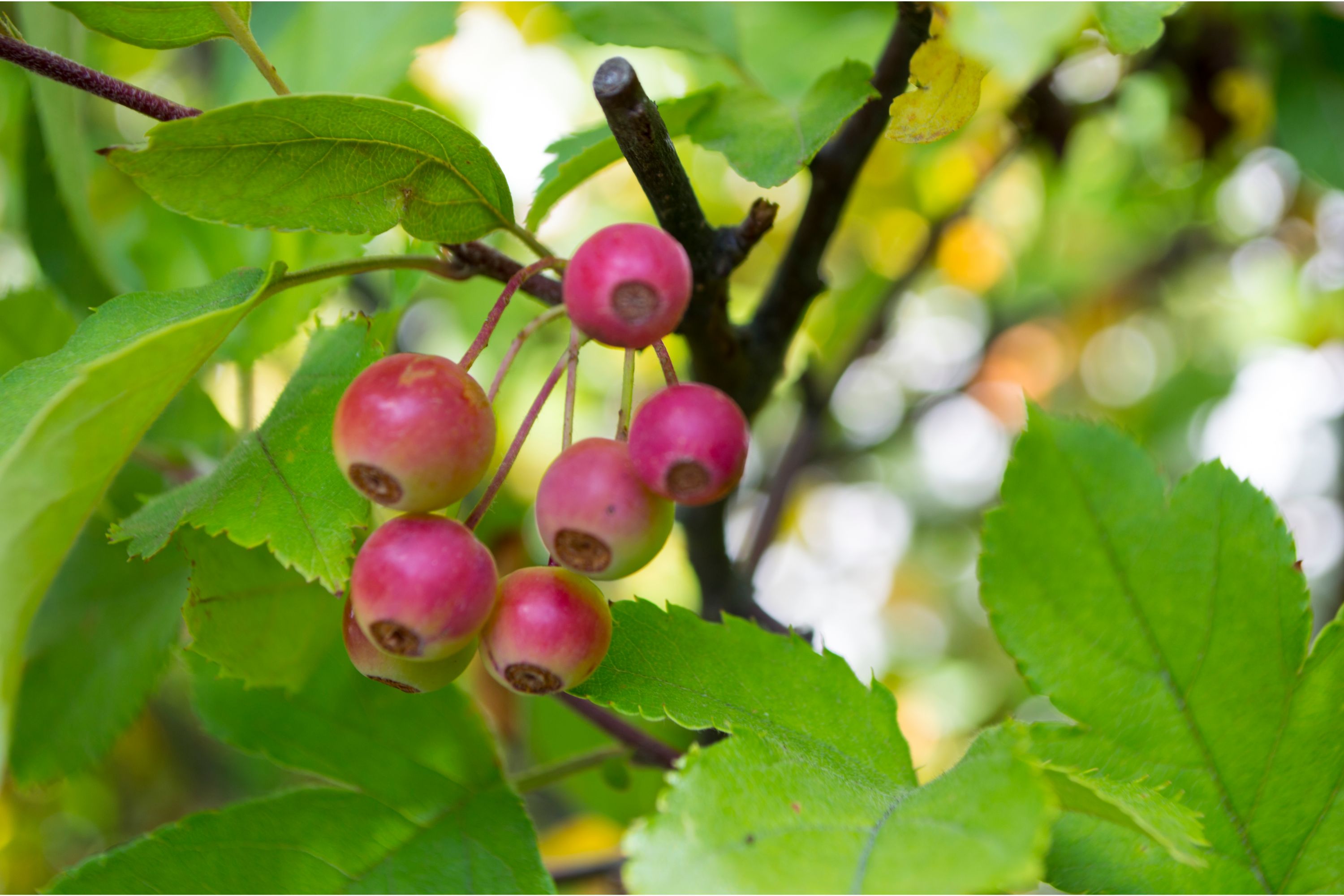Southern crabapple
(Malus angustifolia)

Description
Malus angustifolia, or southern crabapple, is a species of crabapple native to the eastern and south-central United States from Florida west to eastern Texas and north to New Jersey, Pennsylvania, Illinois and Missouri. Malus angustifolia is a tree sometimes attaining a height of 10 meters (33 feet). The trunk can have a diameter up to 25 cm (10 inches). Flowers are pink, with a pleasant scent. The fruits are up to 3 cm (1.2 inches) in diameter, and have an aromatic scent and a pear-like shape. They are astringent and acidic and not palatable when raw, but can be used to make jellies, jams and food preserves. They are also eaten by various wildlife. The tree is grown as an ornamental plant. Malus is a genus of about 30–55 species of small deciduous trees or shrubs in the family Rosaceae, including the domesticated orchard apple (M. domestica syn. M. pumila) – also known as the eating apple, cooking apple, or culinary apple. The other species are commonly known as crabapples, crab apples, crabtrees, wild apples, or rainberries. The genus is native to the temperate zone of the Northern Hemisphere. Apple trees are typically 4–12 m (13–39 ft) talI at maturity, with a dense, twiggy crown. The leaves are 3–10 cm (1.2–3.9 in) long, alternate, simple, with a serrated margin. The flowers are borne in corymbs, and have five petals, which may be white, pink, or red, and are perfect, with usually red stamens that produce copious pollen, and a half-inferior ovary; flowering occurs in the spring after 50–80 growing degree days (varying greatly according to subspecies and cultivar). Many apples require cross-pollination between individuals by insects (typically bees, which freely visit the flowers for both nectar and pollen); these are called self-sterile, so self-pollination is impossible, making pollinating insects essential. A number of cultivars are self-pollinating, such as 'Granny Smith' and 'Golden Delicious', but are considerably fewer in number compared to their cross-pollination dependent counterparts. Several Malus species, including domestic apples, hybridize freely. They are used as food plants by the larvae of a large number of Lepidoptera species; see list of Lepidoptera that feed on Malus.
Taxonomic tree:







